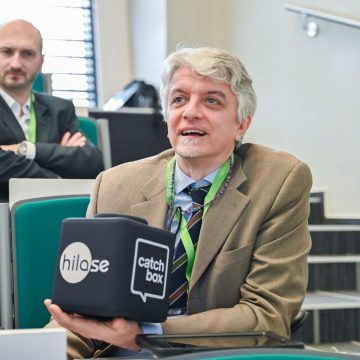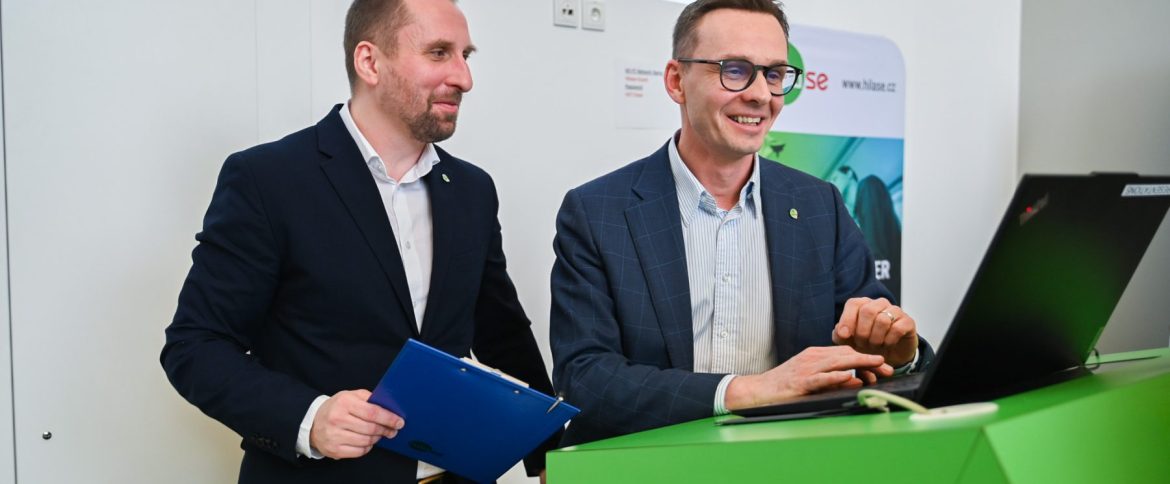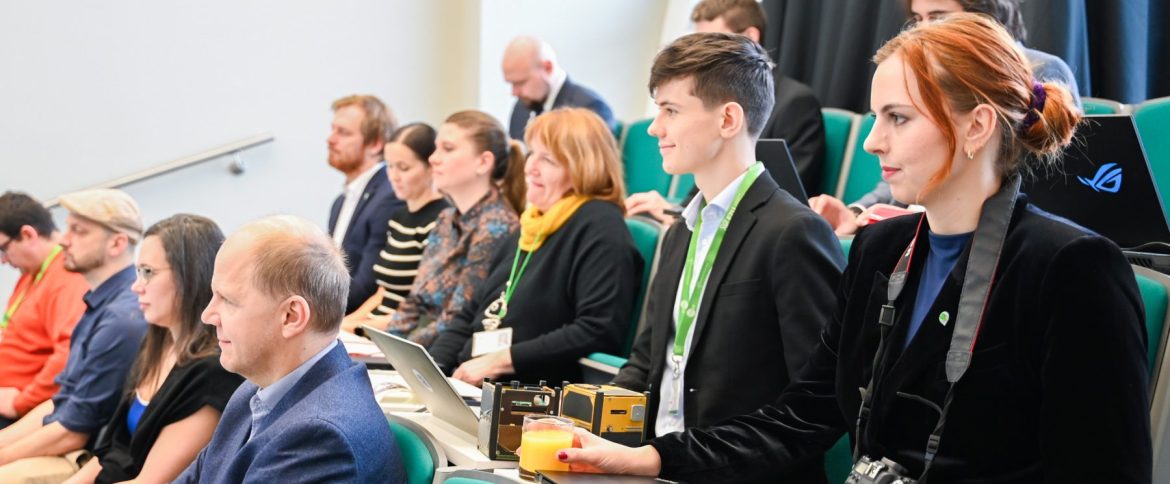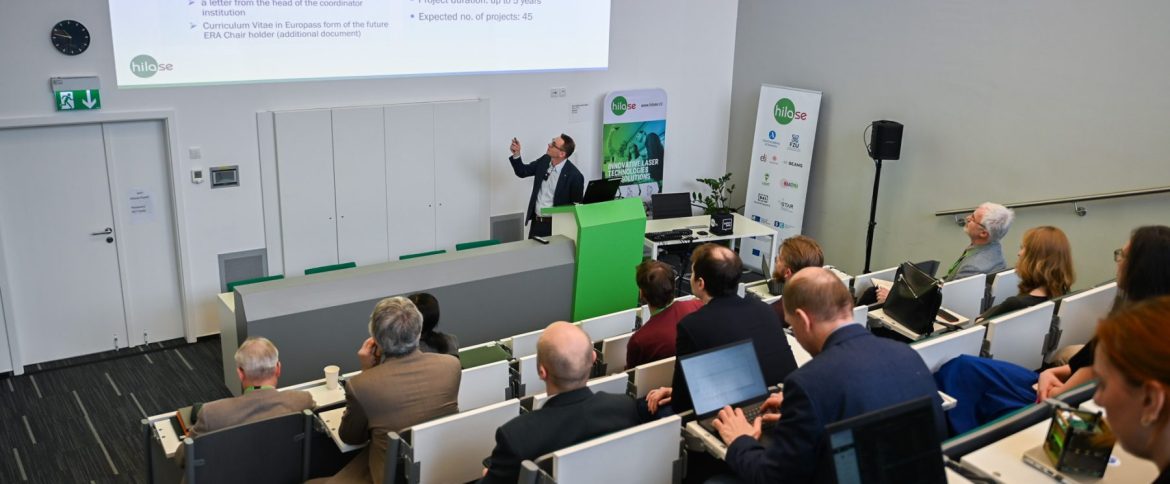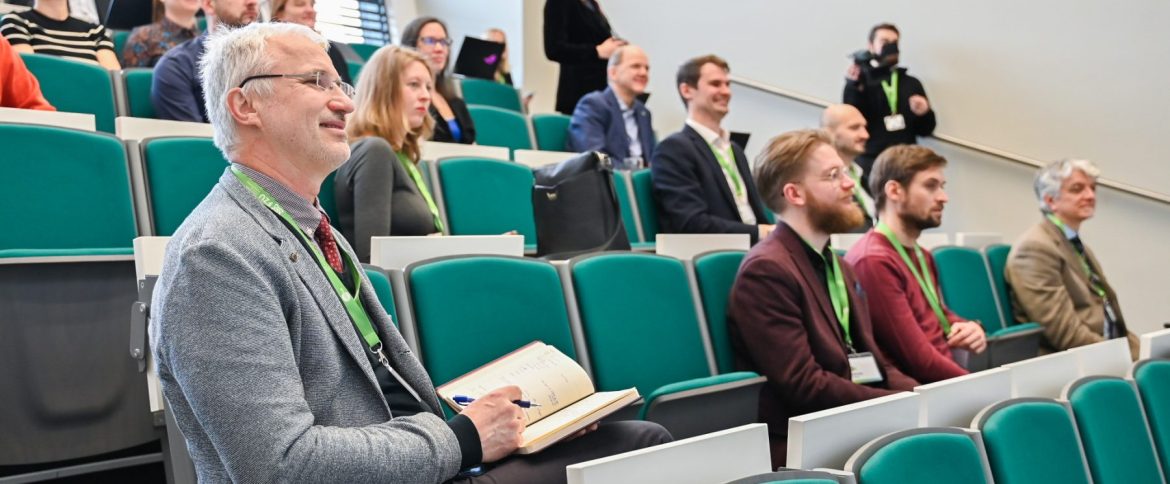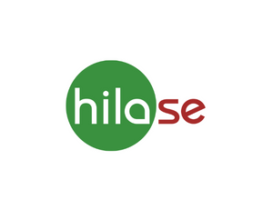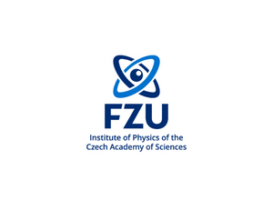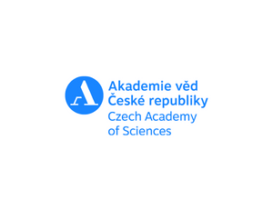The HiLASE Centre is embarking on a bold expansion into space-borne laser innovation with the ATLAS project—Advanced Technologies for Laser Applications in Space. Officially kicked off on 1 February 2025 under the European Research Executive Agency (REA), ATLAS marks Czechia’s leap to the forefront of space sustainability research.

Three Pillars of Space Sustainability
The project tackles three critical dimensions of sustainable space activities:
- Sustainability from Space – Using laser technologies to enhance Earth observation, climate monitoring, and even space-based green energy.
- Sustainability in Space – Innovating space traffic management, situational awareness, and active debris removal to safeguard Earth’s orbit.
- Sustainability of the Space Sector – Fostering a circular space economy through in-situ resource utilization, manufacturing, recycling, and reducing reliance on Earth-launched materials.
ATLAS Project Objectives
ATLAS aims to position the HiLASE Centre at the forefront of laser technology for space applications. The project focuses on building strong research foundations, developing cutting-edge laser solutions, and transforming HiLASE into a hub of excellence connecting science, innovation, and industry.
Milestones & Strategic Impact
- Kick-off Meeting: Held on 13 February 2025, bringing together key stakeholders to define scientific goals and strategic partnerships.
- Breaking New Ground: ATLAS builds upon HiLASE’s growing expertise, including the December 2024 launch of the LASARSAT cubesat and development of a powerful SWIR laser for space communications in collaboration with Crytur.
With ATLAS, HiLASE is pushing lasers beyond Earth, ensuring the Czech Republic becomes a leading innovator in sustainable space technologies.
Funded by the European Union. Views and opinions expressed are however those of the author(s) only and do not necessarily reflect those of the European Union or European Research Executive Agency. Neither the European Union nor the granting authority can be held responsible for them.


